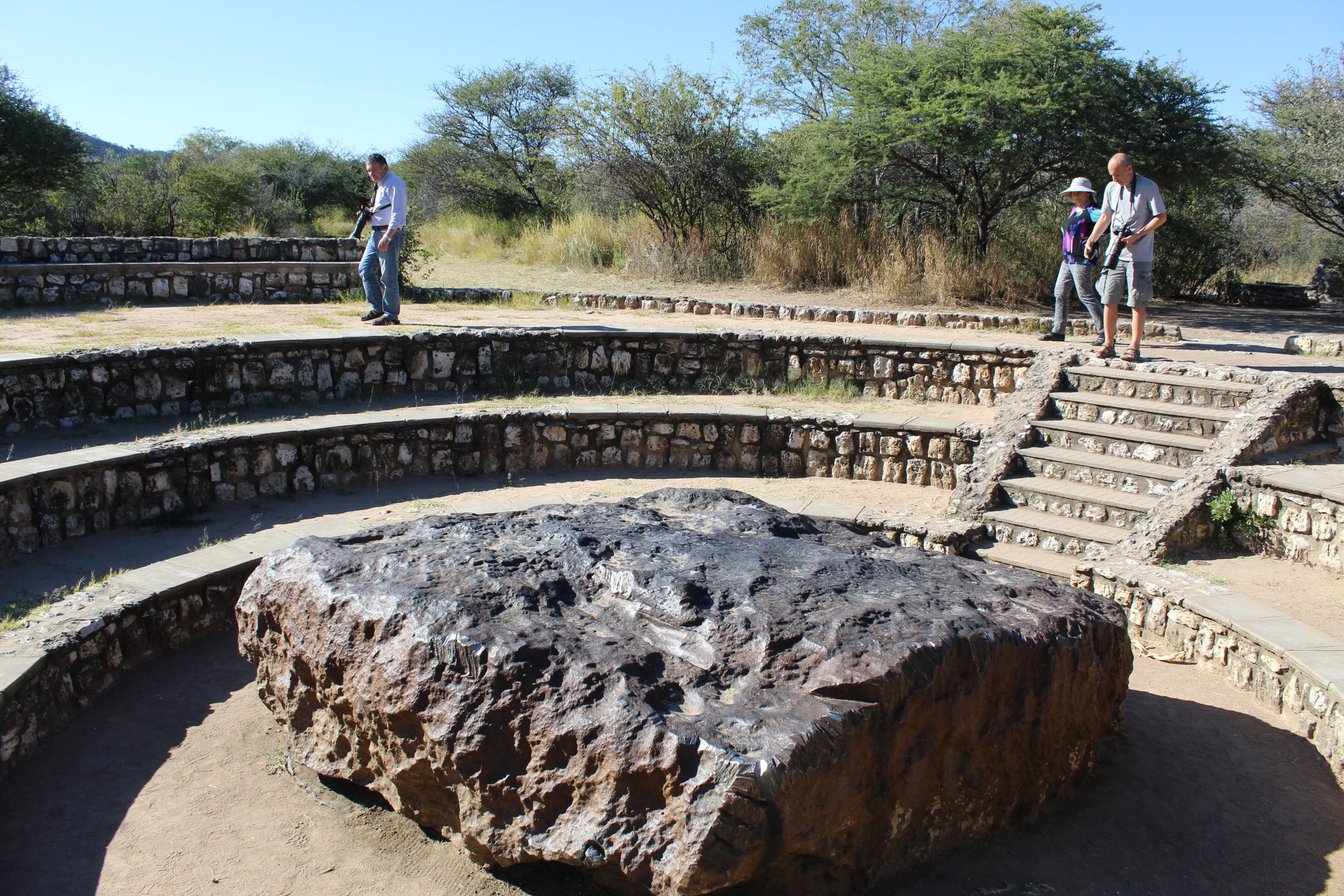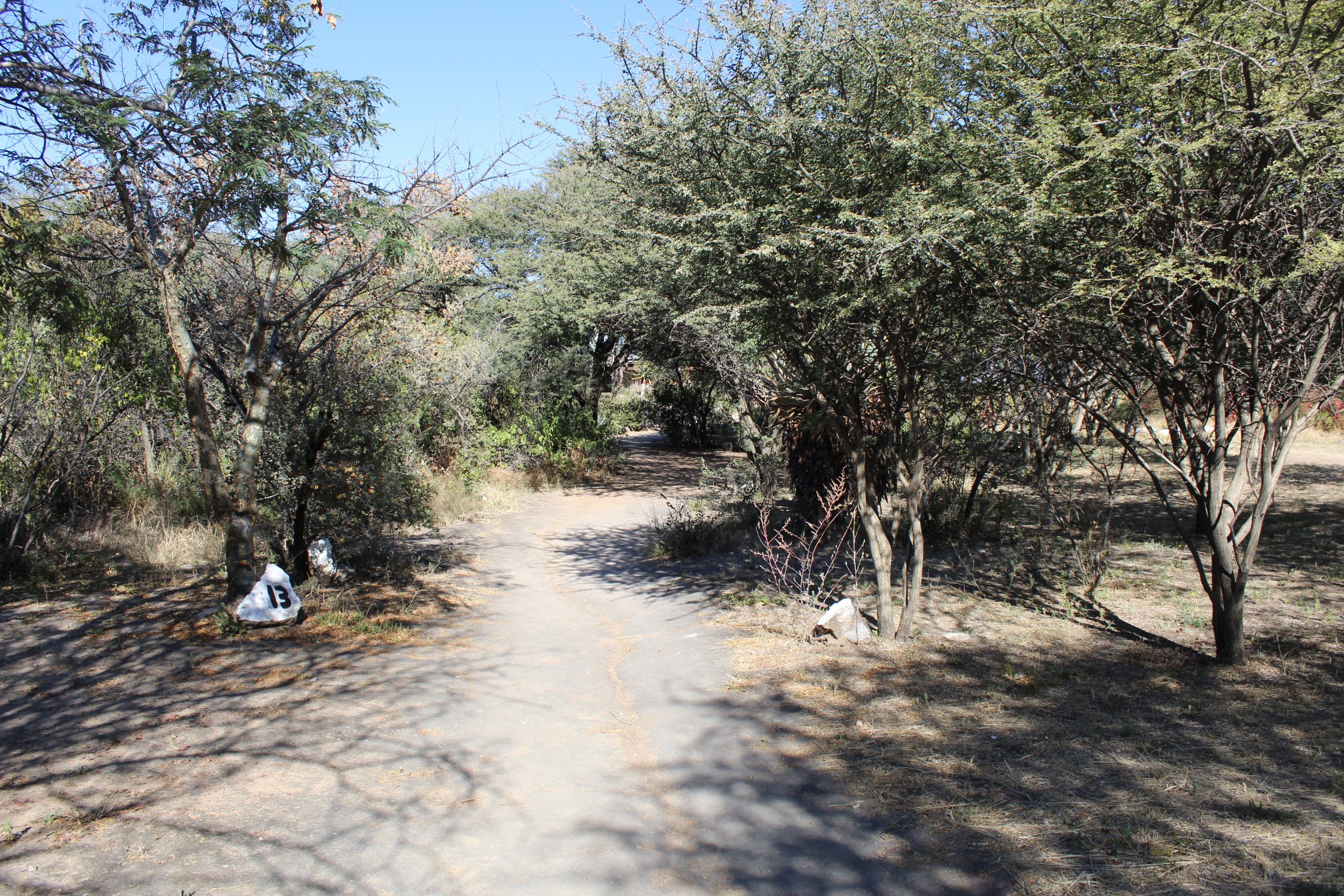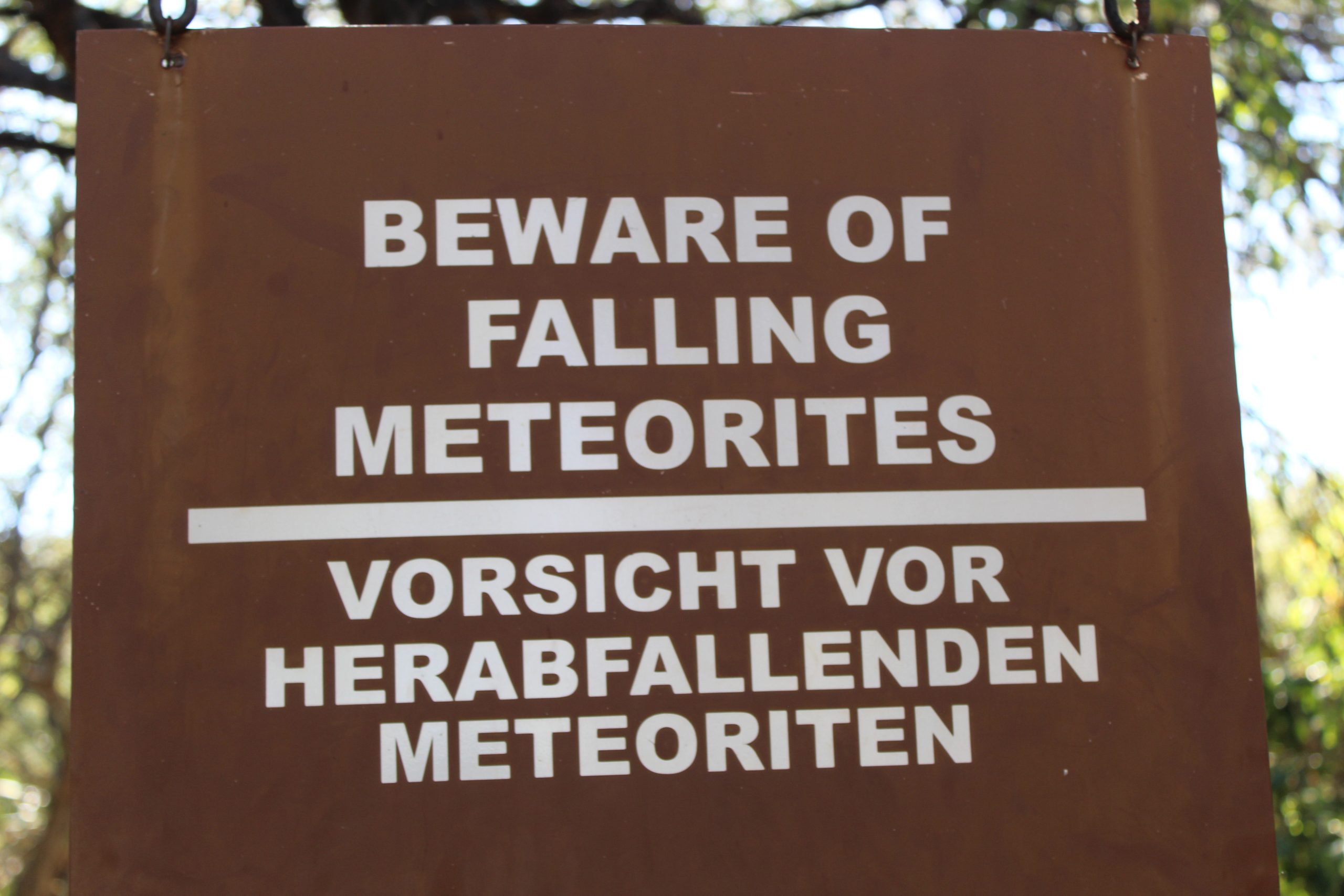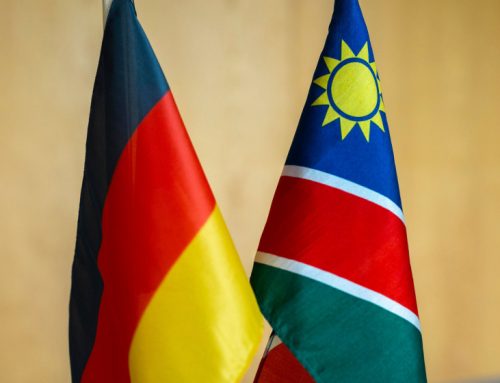Hoba Meteorite
The experts all agree that the Hoba Meteorite is the biggest meteor that has been found on earth until today. The meteorite came down about 20 km west of Grootfontein about 80,000 years ago and still remains at the same place, which is not surprising, considering the weight of 60 tons.
In 1920 his discoverer got stuck with his plough on the meteorite, which at the time was covered in sand. It was then dug out and the surrounding area was landscaped into small terraces in form of an amphitheatre to enable sightseeing.
In contrast to the single meteorite of hoba, the discoveries in the southern Namibia are smaller fragments, which dispersed over an area of 20 000 km2. its estimated to be between 200 and 400 million years old. It consists mainly of iron (82.4%) iron ,nickel (16.4%), 0.76% cobalt and some trace elements. Its name is derived from the Hoba Farm in the Otavi Mountains.
In march 1955 the Hoba Meteorite was declared a national monument. The area around the meteorite was donated to the National Monuments Council in 1987. The meteorite enjoys a large popularity with tourists. Often people ask themselves what might have happened to the then supposedly huge meteorite crater. Meteor craters of large meteors are often unrecognizable after a few decades already due to plant growth and after some centuries due to erosion.








thx
thx
thx
thx
Say, you got a nice blog post.Really looking forward to read more. Cool.
This is really great, please keep sharing, I follow it with pleasure.
Major thanks for the blog article.Really thank you! Will read on…
Great post. Fantastic.
I’m grateful for stumbling upon your blog and discovering this gem of a post.
Hello, I really liked your site. I can’t wait to visit again.
This is really cool and helpful, Verabet I don’t know if you believe it or not, but I follow here regularly.
Appreciate you sharing, great blog post.Much thanks again. Fantastic.
Hey, thanks for the post.Thanks Again. Really Great.
There is noticeably a bundle comprehend this. I suppose you have made specific nice points in functions also.
Say, you got a nice article post.Really looking forward to read more. Really Cool.